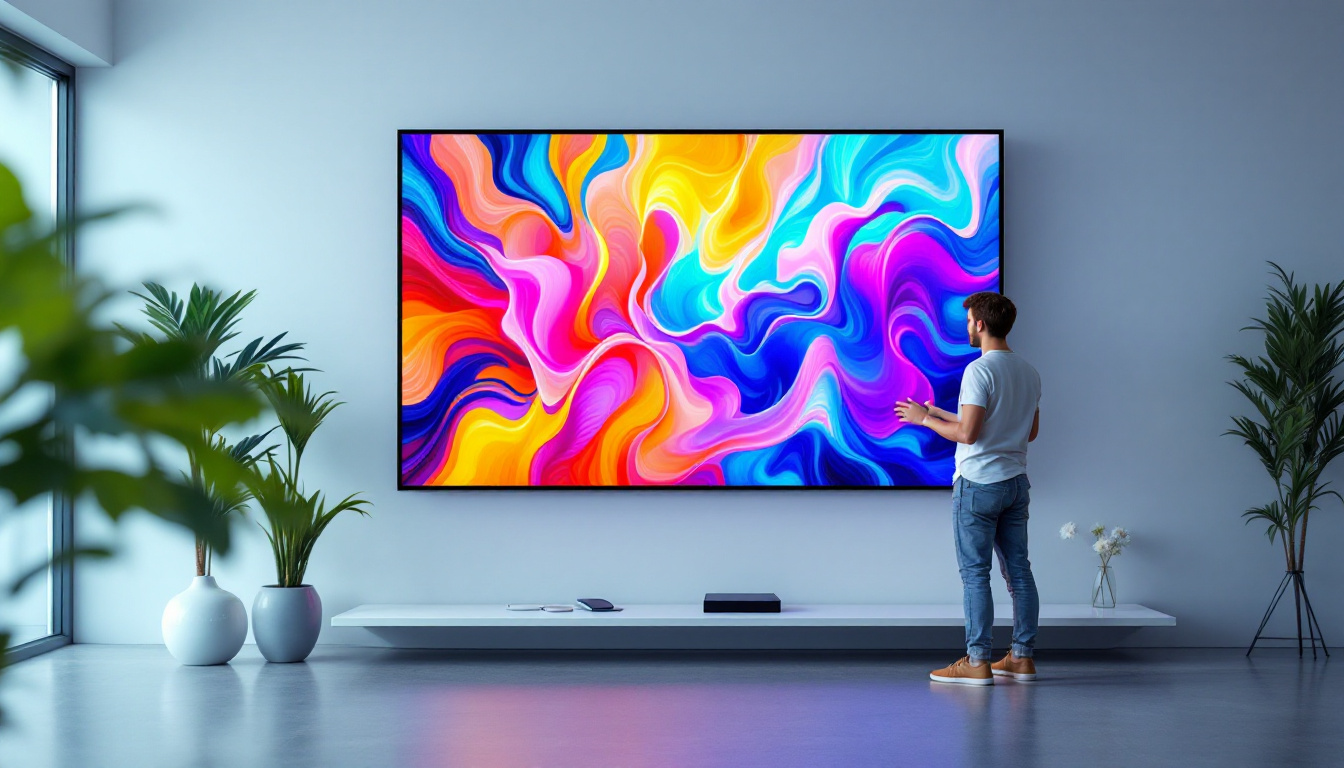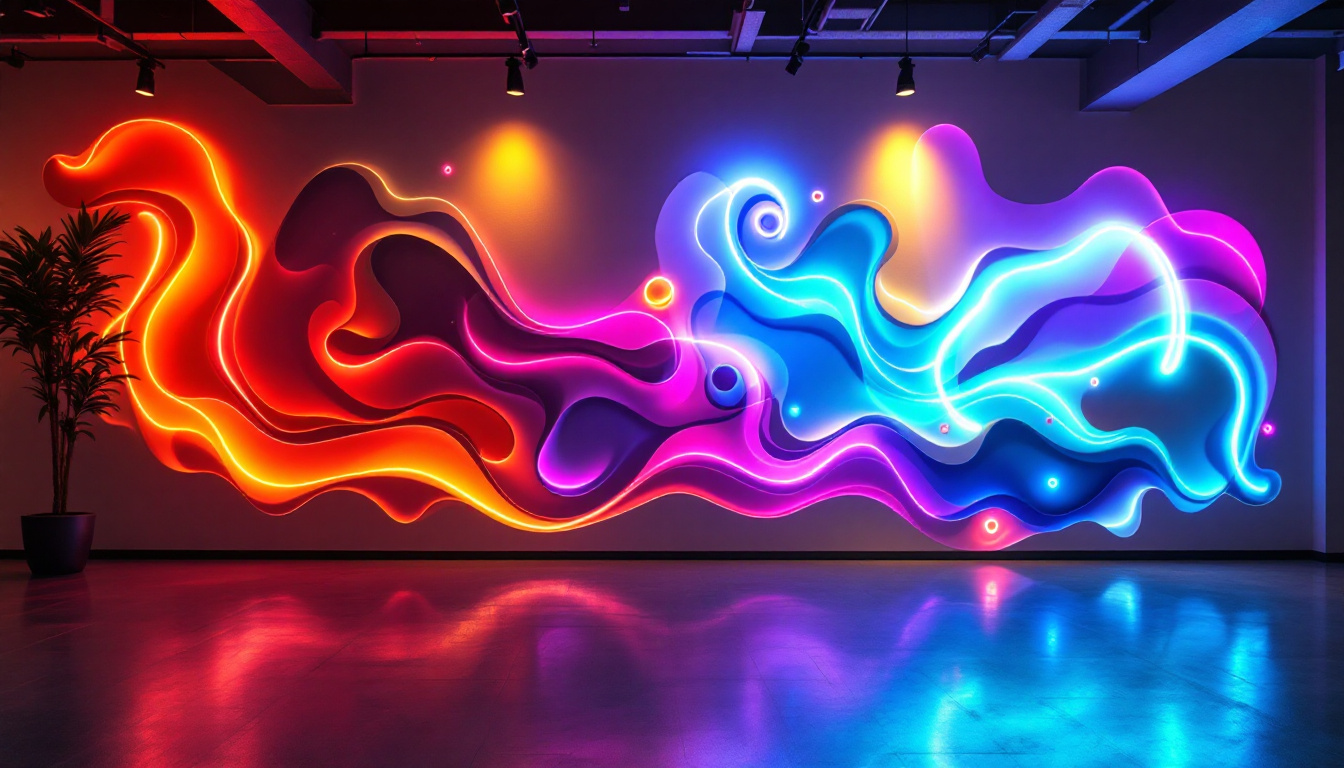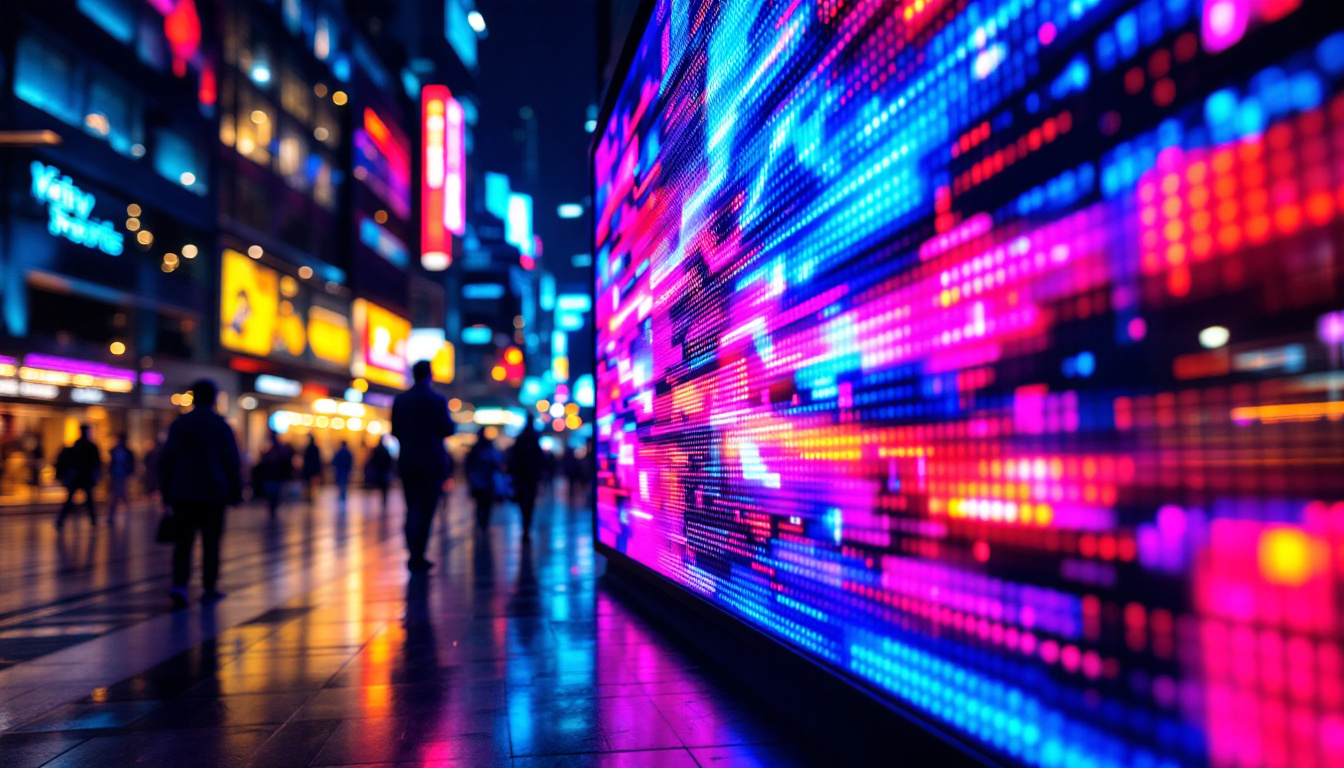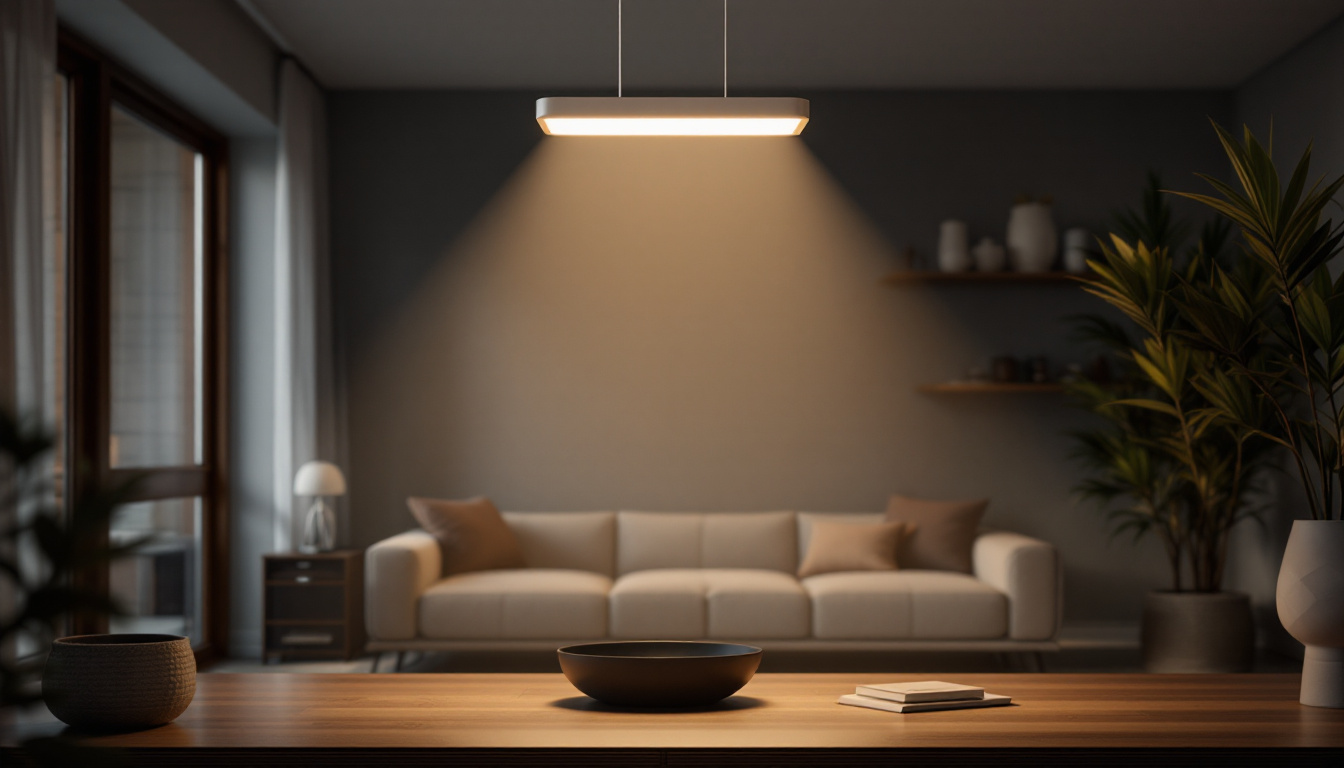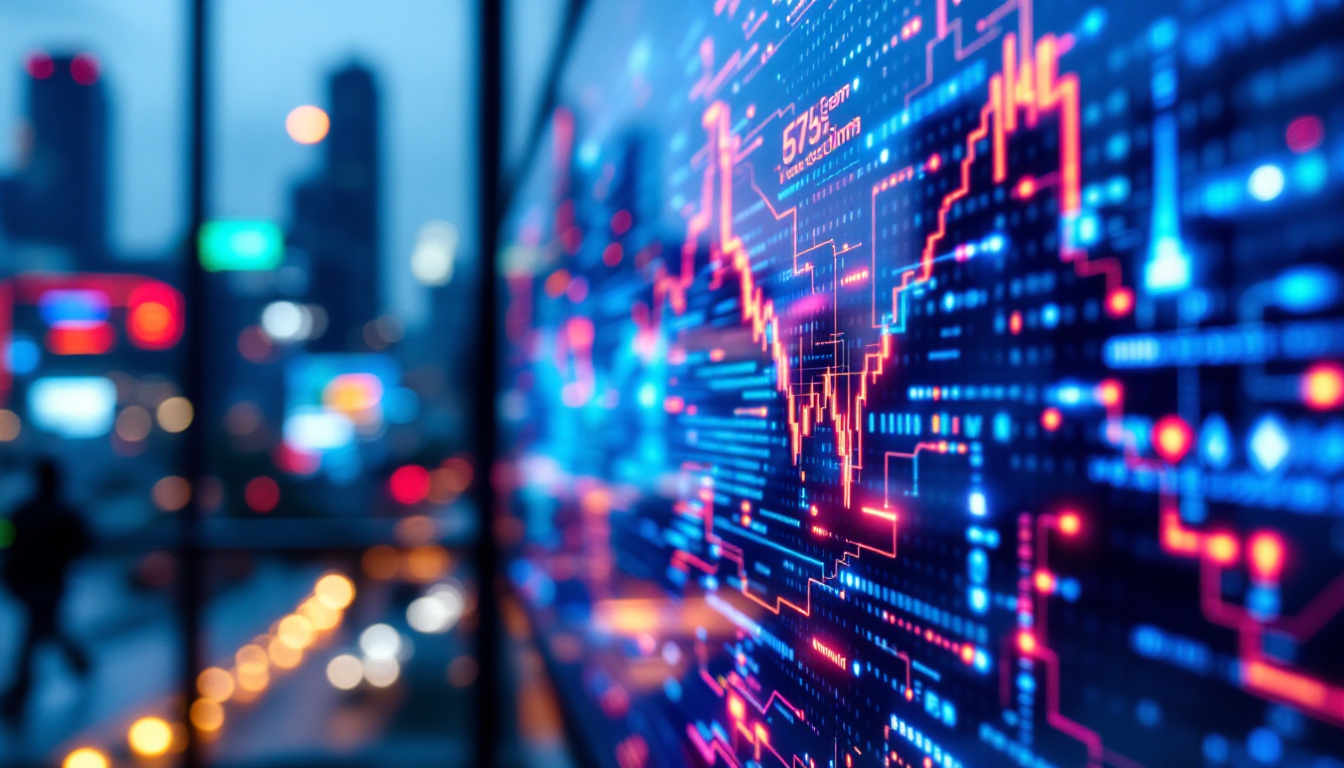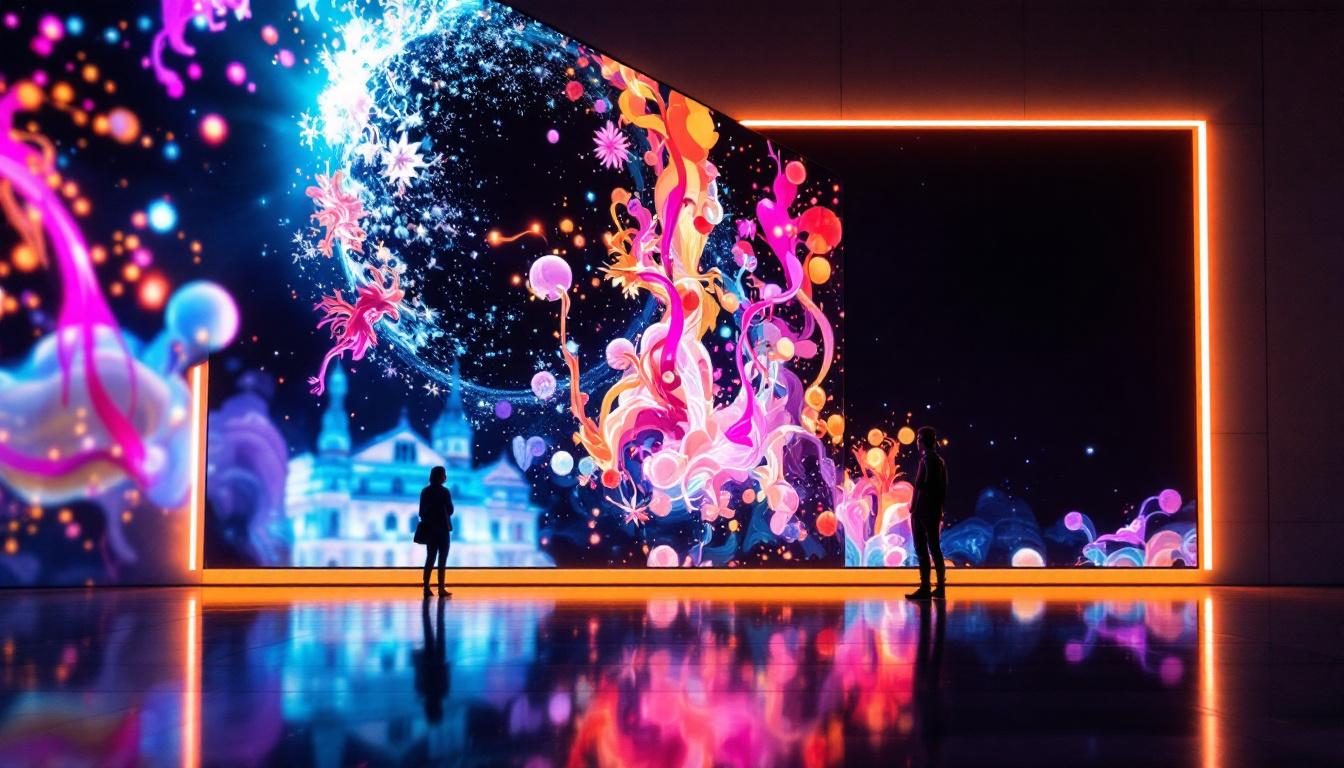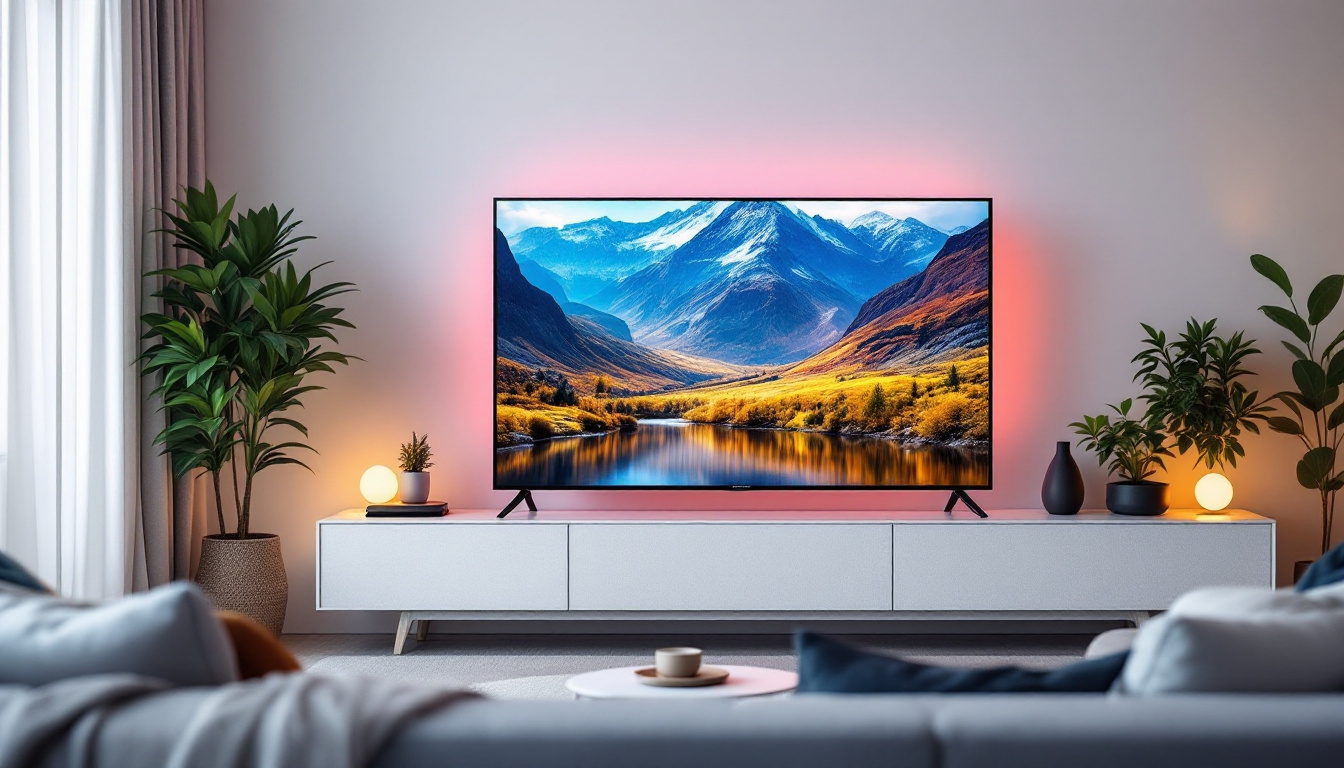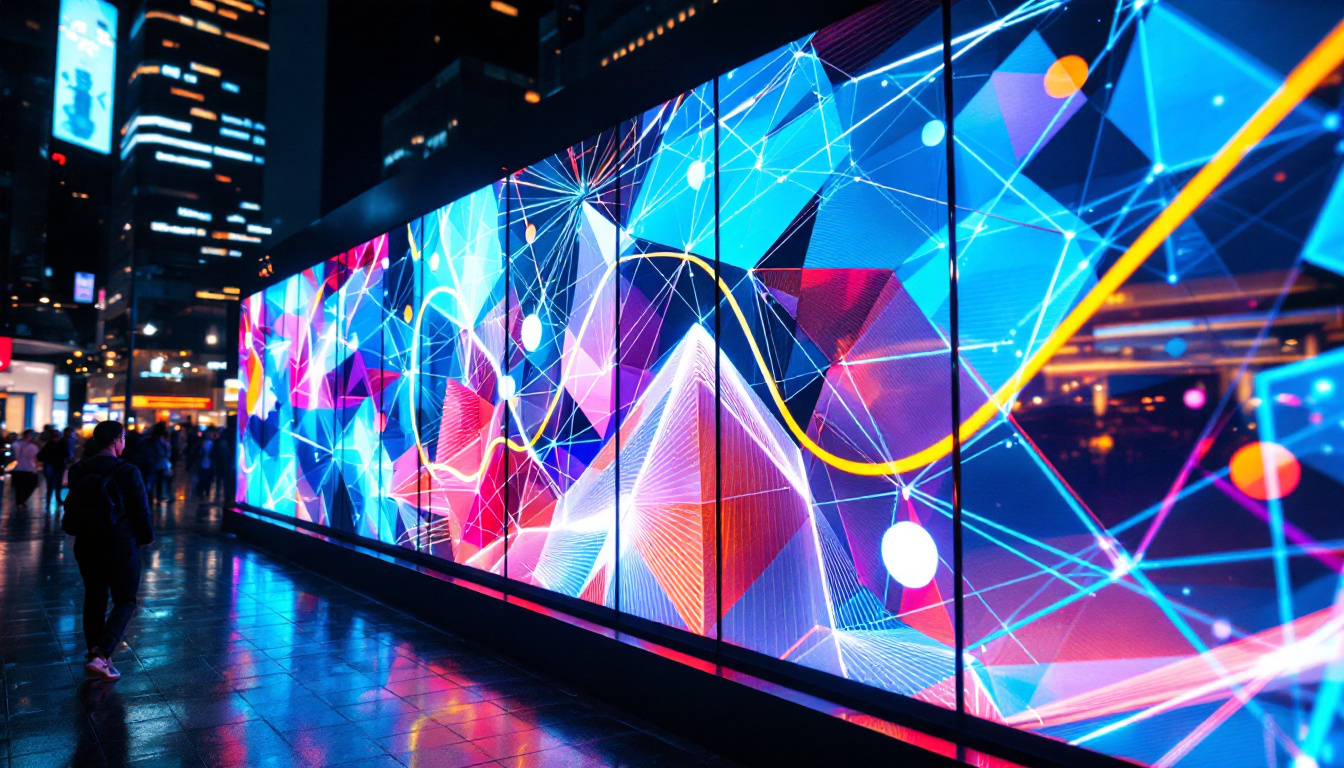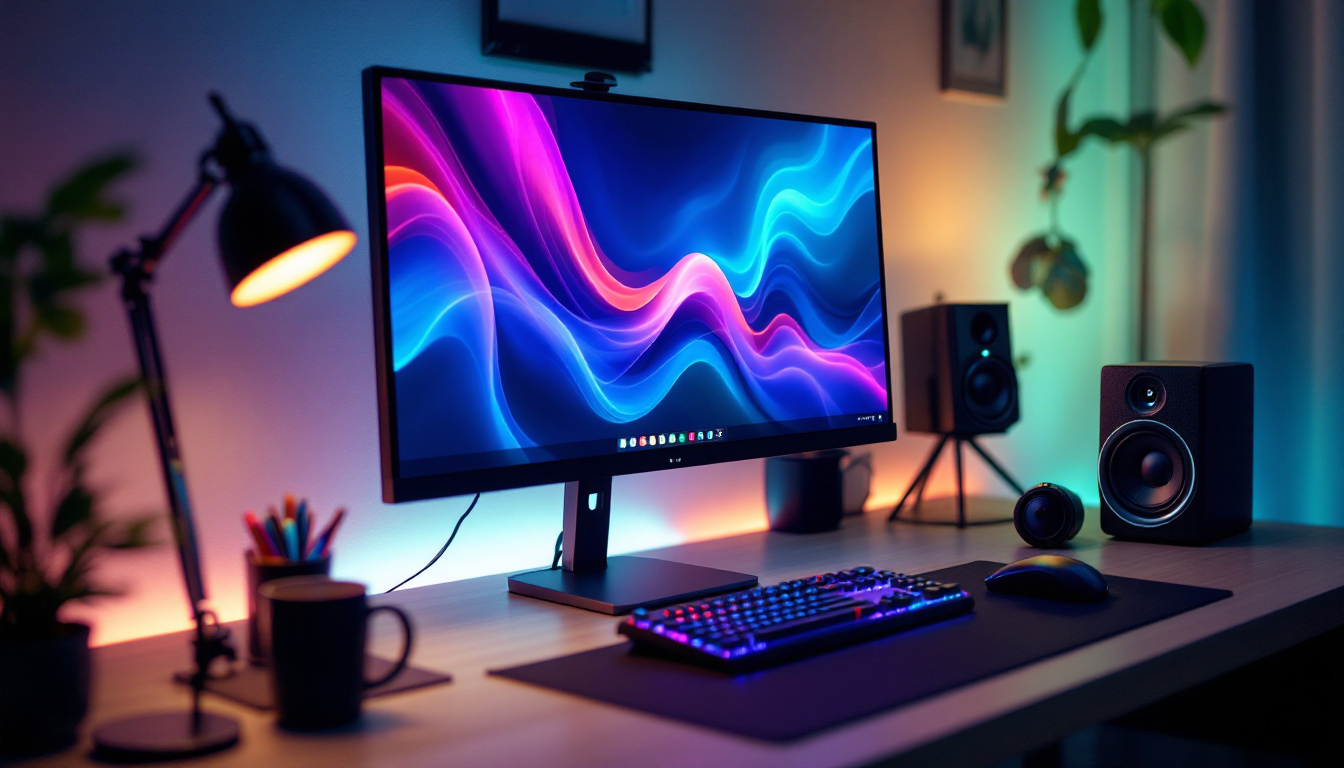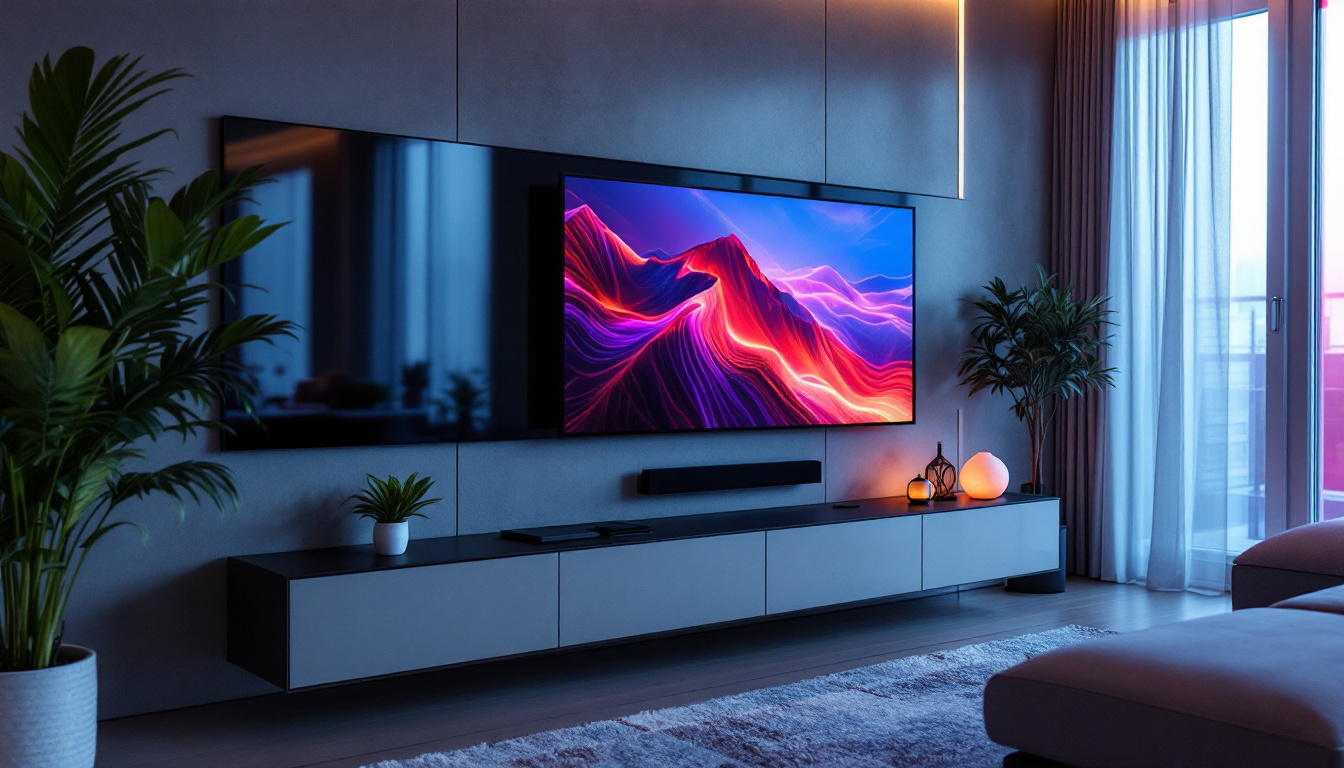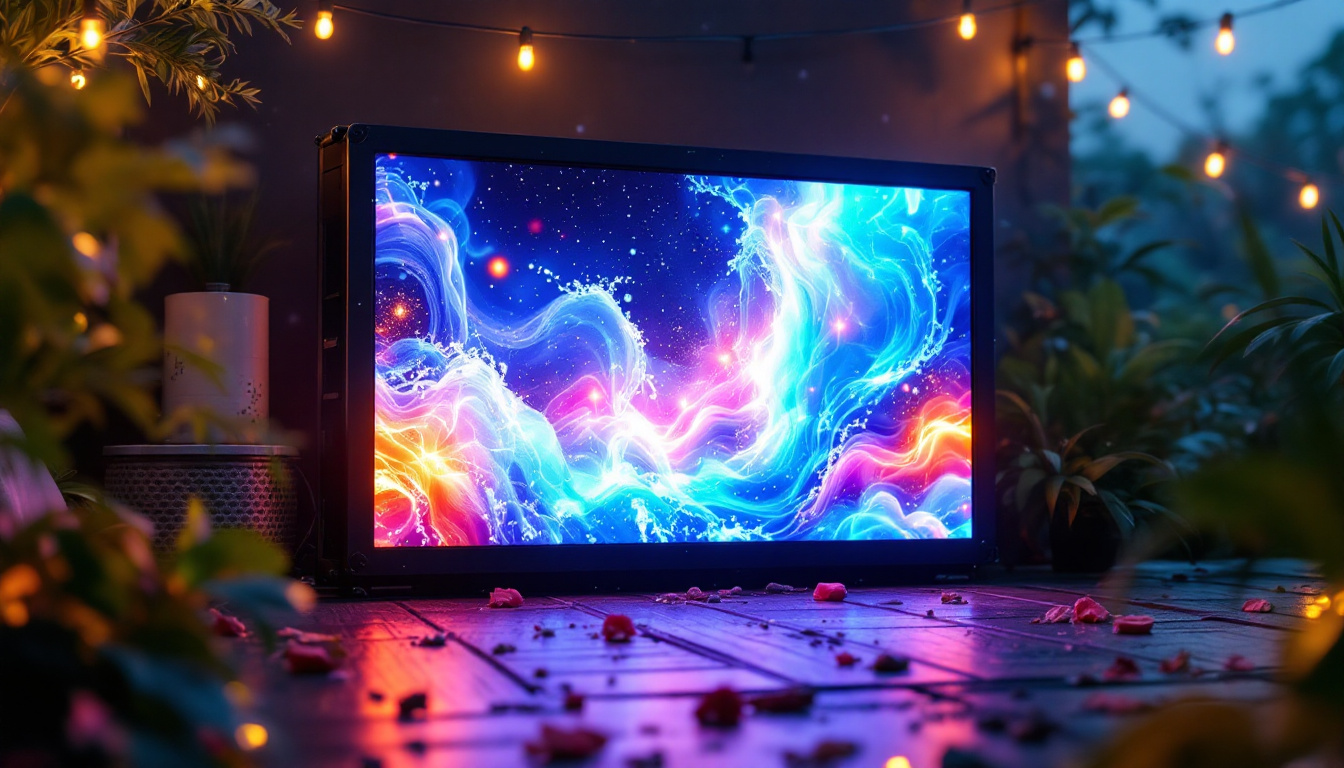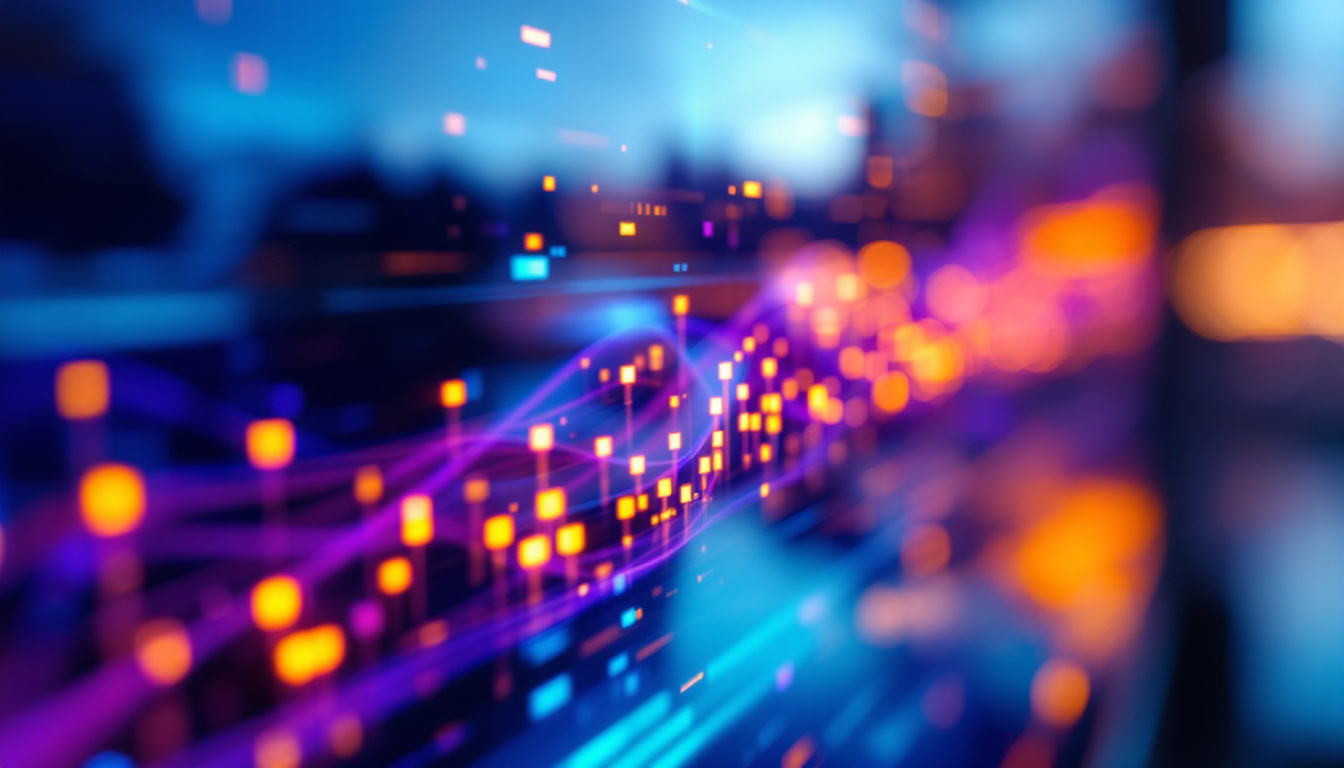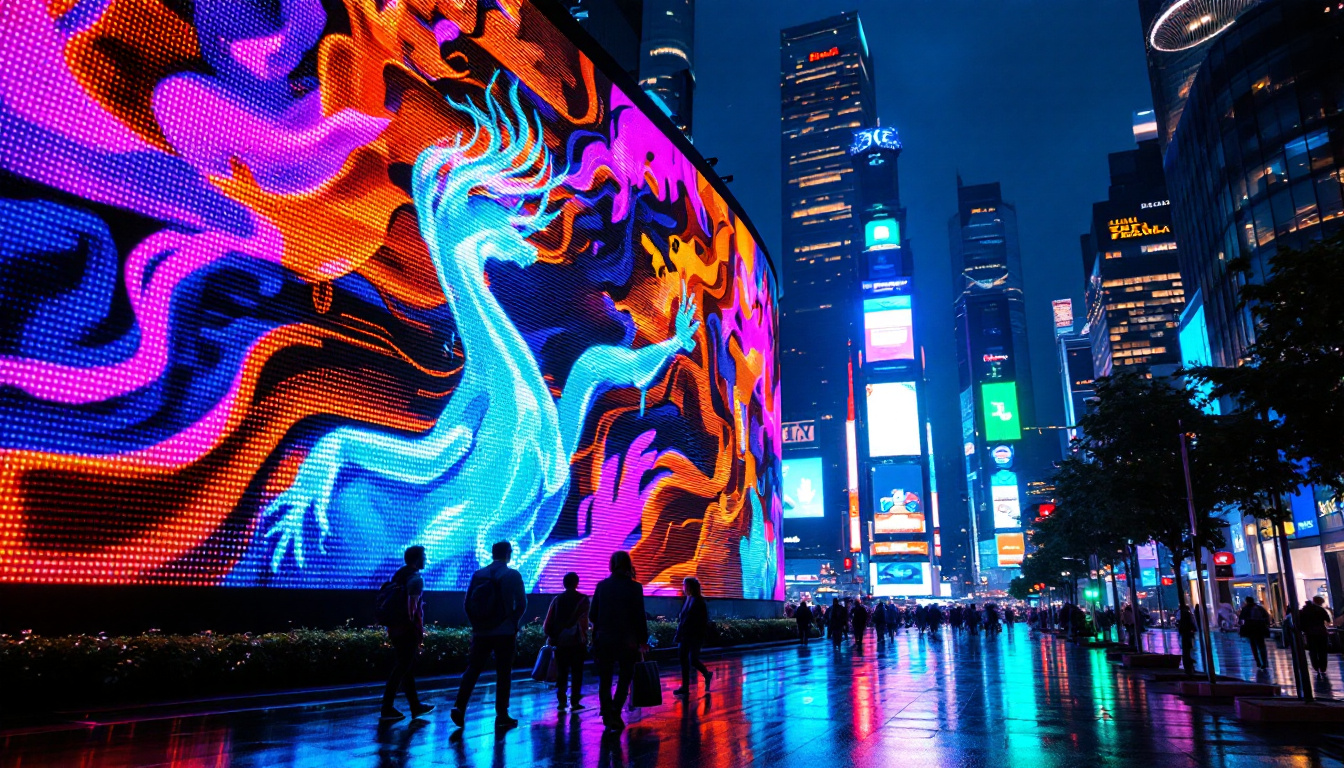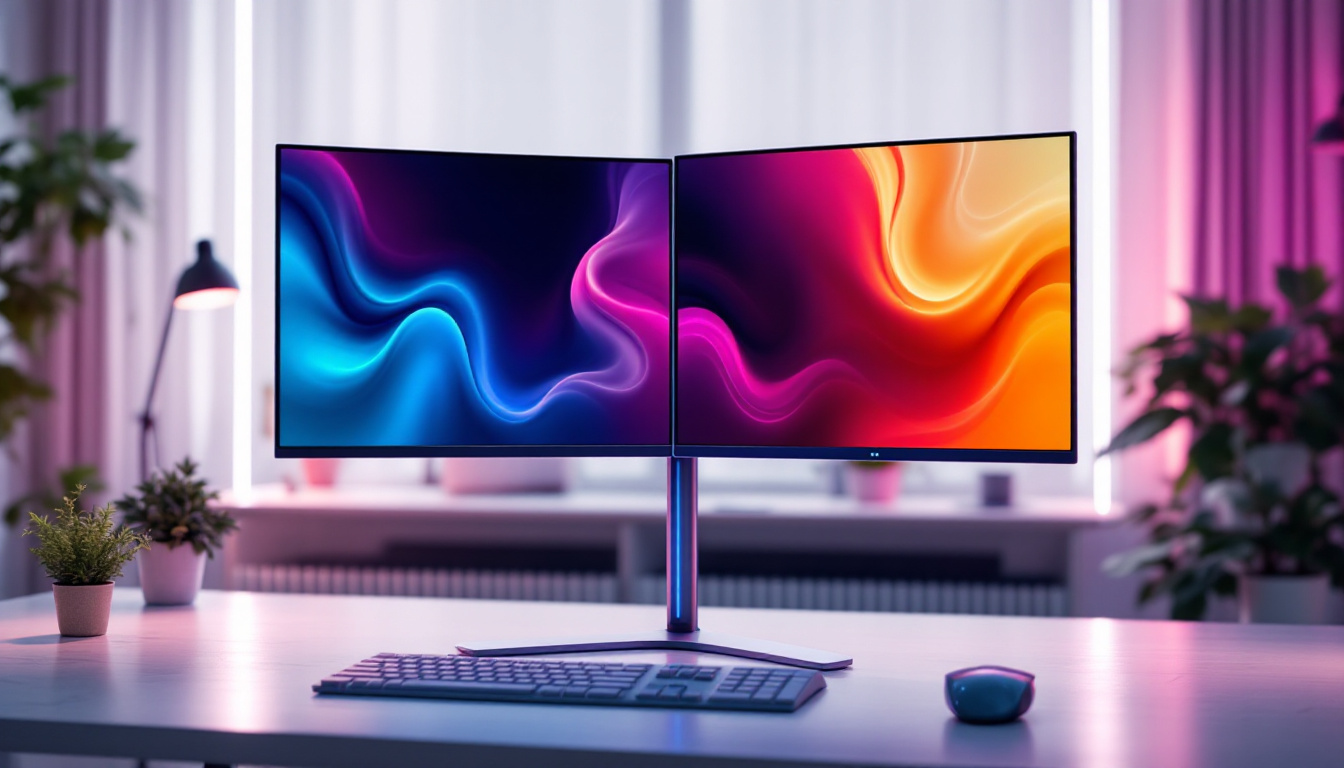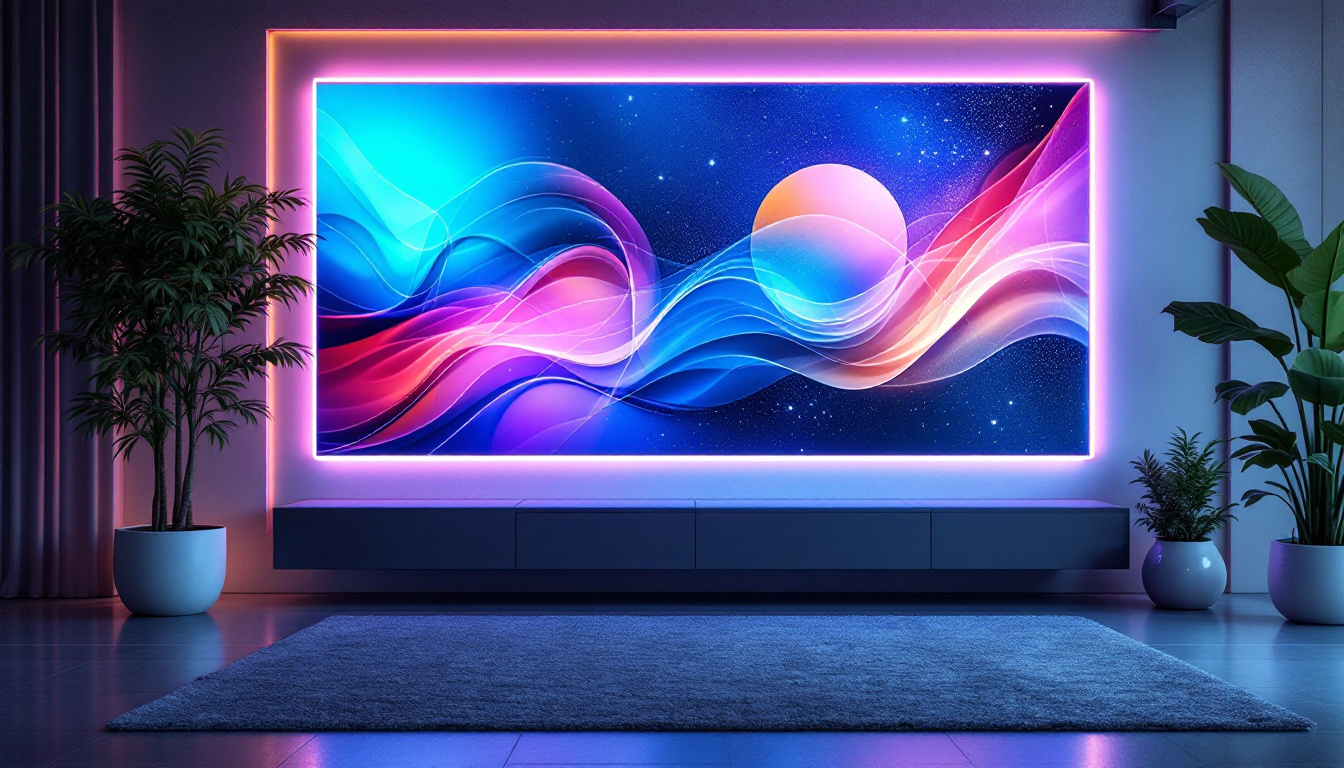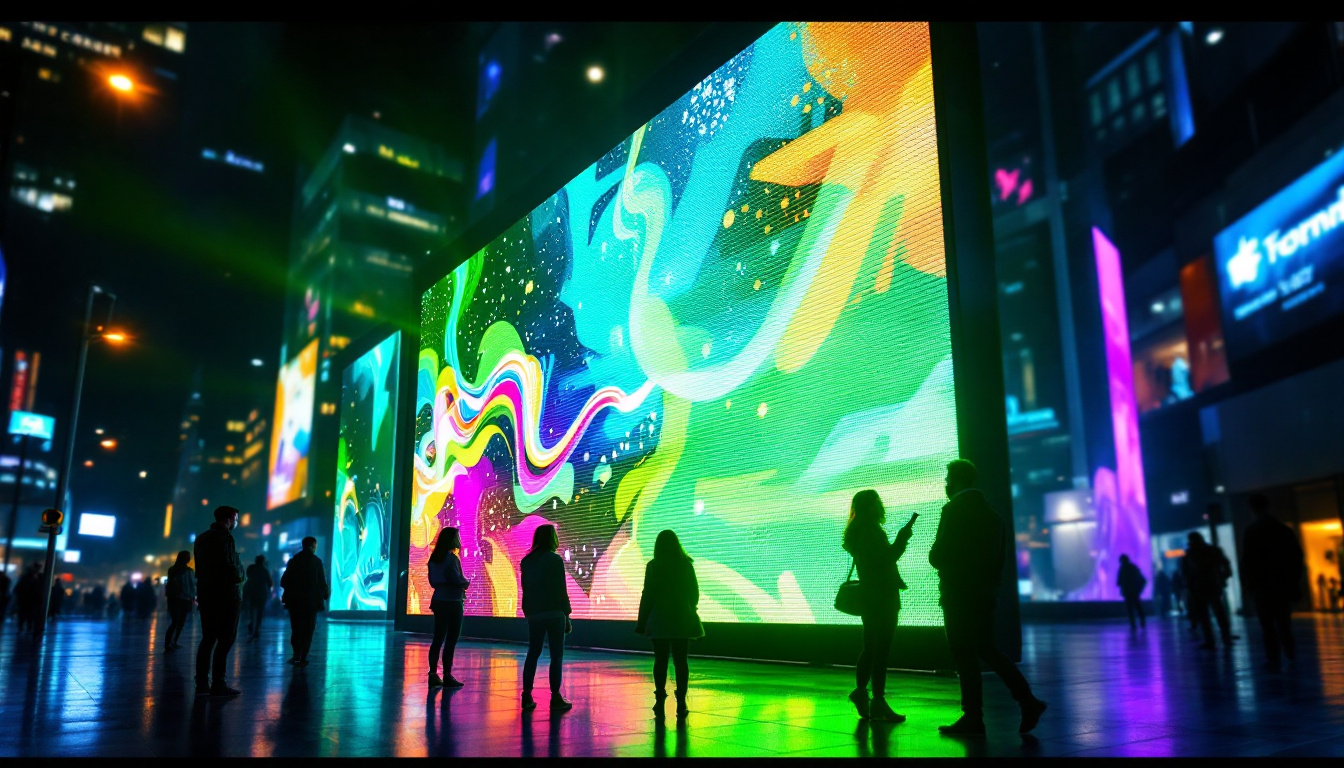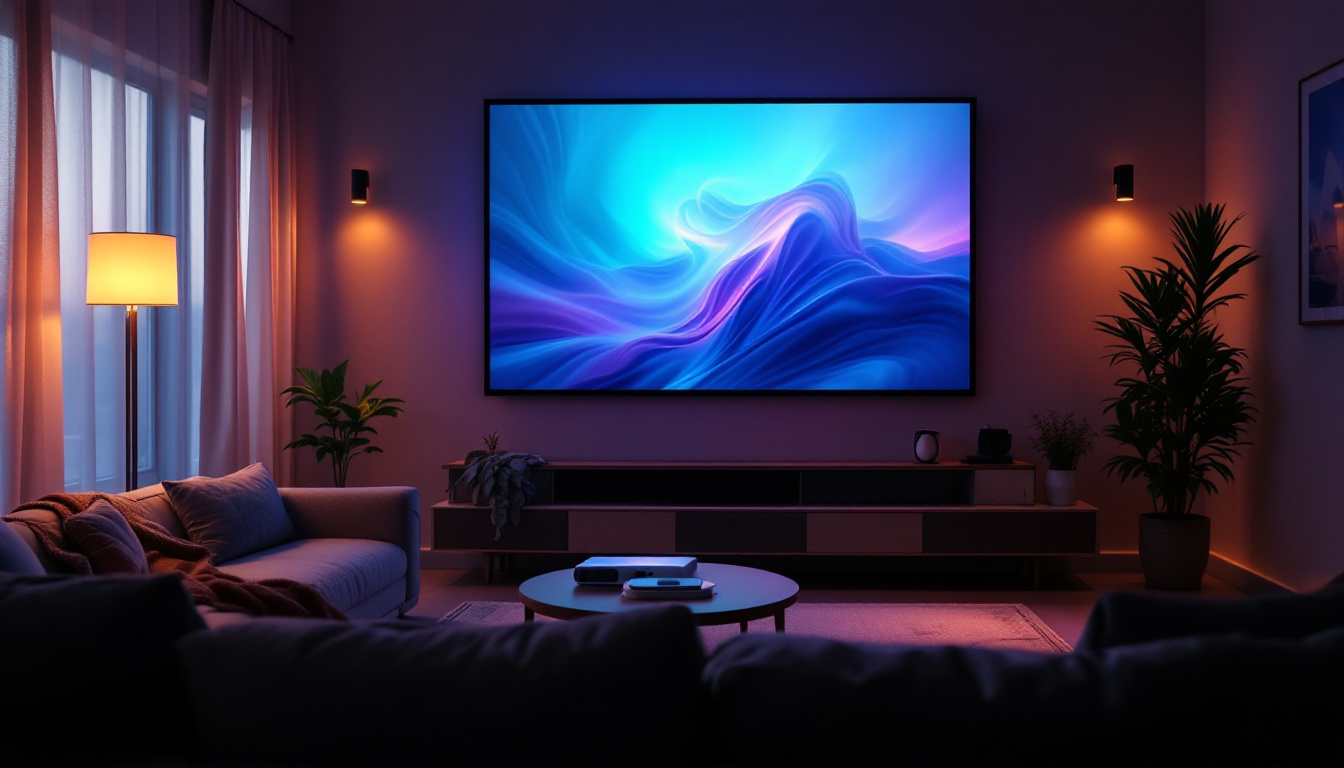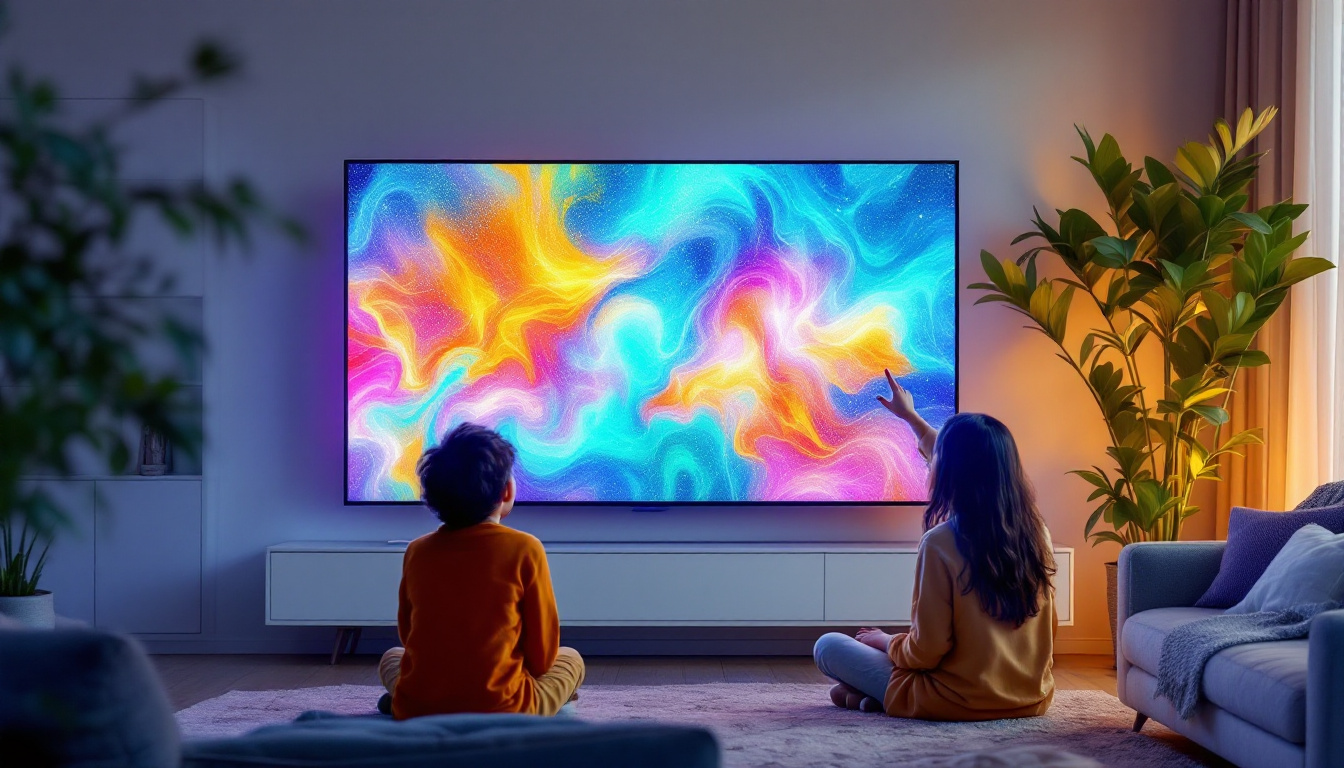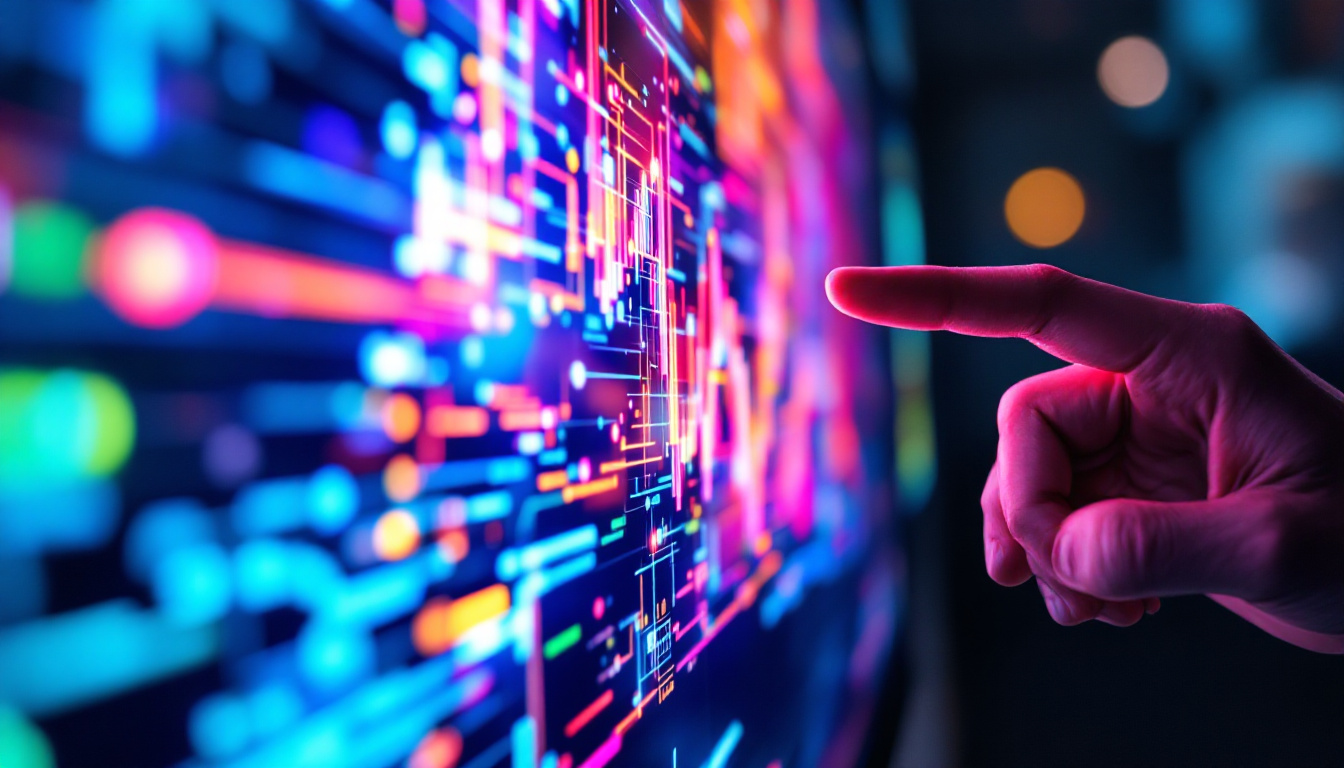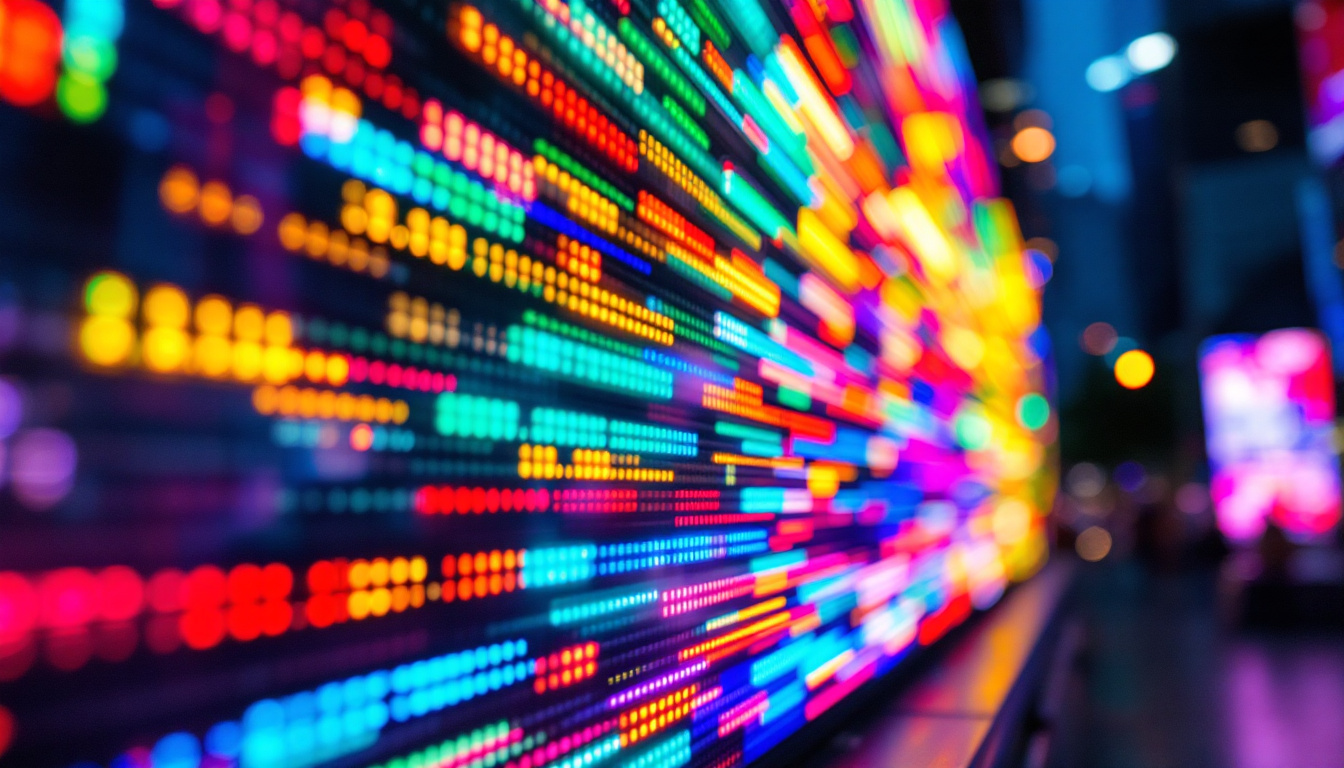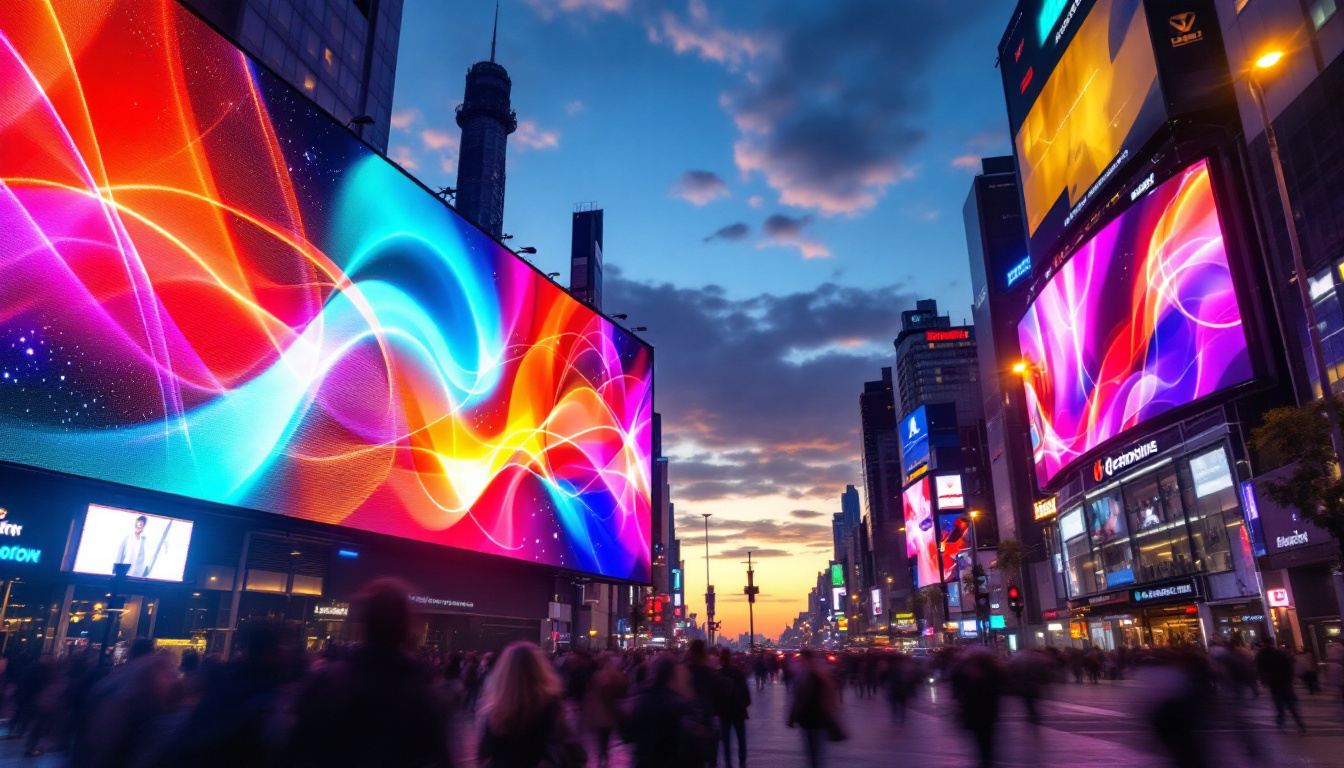In the realm of visual technology, large display monitors have become increasingly popular due to their ability to deliver stunning visuals and enhance user experiences. Among the various types of displays available, LED (Light Emitting Diode) technology stands out for its efficiency, brightness, and color accuracy. This article delves into the intricacies of LED displays, exploring their features, advantages, and applications.
Understanding LED Technology
LED technology has revolutionized the way images are displayed, offering a myriad of benefits over traditional display technologies. At its core, LED displays utilize semiconductor diodes that emit light when an electric current passes through them. This fundamental principle allows for a range of display types, including those used in televisions, computer monitors, and digital signage. The efficiency of LED technology not only enhances visual experiences but also contributes to energy savings, making it a popular choice in both residential and commercial applications.
How LED Displays Work
LED displays can be categorized into two main types: Direct LED and Edge-Lit LED. Direct LED displays feature an array of LEDs positioned directly behind the screen, providing uniform brightness and contrast. In contrast, Edge-Lit LED displays have LEDs placed along the edges of the screen, using light guides to distribute brightness across the display. This design allows for thinner screens but may result in less uniform brightness. The choice between these two types often depends on the specific needs of the user, such as the desired thickness of the display and the importance of color accuracy in the viewing experience.
Regardless of the type, LED displays are known for their ability to produce vibrant colors and deep blacks. This is achieved through the use of RGB (Red, Green, Blue) LEDs, which can be combined in various intensities to create a wide spectrum of colors. The result is a visually striking display that captures the viewer’s attention. Additionally, advancements in LED technology have led to the development of HDR (High Dynamic Range) displays, which further enhance color depth and contrast, providing an even more immersive viewing experience.
Key Components of LED Displays
Several components contribute to the performance of LED displays. The most notable include:
- Backlight: In Direct LED displays, the backlight consists of numerous LEDs that illuminate the screen. This is crucial for achieving brightness and contrast.
- Display Panel: The panel is responsible for displaying images and is typically made from liquid crystal display (LCD) technology combined with LED backlighting.
- Controller: The controller processes the input signals and manages the display output, ensuring that images are rendered accurately.
In addition to these core components, LED displays often incorporate advanced technologies such as local dimming and motion smoothing to enhance overall performance. Local dimming allows specific areas of the display to be dimmed or brightened independently, improving contrast ratios and making dark scenes more visually appealing. Motion smoothing, on the other hand, reduces motion blur during fast-paced scenes, making it particularly beneficial for sports and action movies. These features, combined with the inherent advantages of LED technology, make modern displays not only more efficient but also more enjoyable for a wide range of viewing experiences.
Advantages of LED Displays
LED displays offer a range of advantages that make them a preferred choice for various applications. From energy efficiency to superior image quality, these displays provide significant benefits over traditional technologies.
Energy Efficiency
One of the standout features of LED displays is their energy efficiency. Compared to older technologies like CRT (Cathode Ray Tube) and even traditional LCDs, LED displays consume significantly less power. This reduced energy consumption not only lowers operational costs but also contributes to a smaller carbon footprint, making them an environmentally friendly option. In fact, many businesses have reported substantial savings on their electricity bills after switching to LED technology, which can be particularly beneficial for large-scale installations such as digital billboards or extensive video walls.
Brightness and Color Accuracy
LED displays are renowned for their brightness levels, making them suitable for a variety of environments, including brightly lit spaces. The ability to produce high levels of brightness ensures that images remain clear and vibrant, even in challenging lighting conditions. This feature is particularly advantageous for outdoor displays, where sunlight can easily wash out the visibility of traditional screens. Additionally, LED technology allows for dynamic brightness adjustments, which can enhance the viewing experience by adapting to the ambient light conditions.
Moreover, the color accuracy of LED displays is exceptional. With the ability to reproduce a wide color gamut, these displays provide lifelike images that are essential for applications such as graphic design, photography, and video editing. The precision in color reproduction not only enhances the visual experience but also ensures that creative professionals can trust their displays for accurate color grading and editing tasks. Furthermore, advancements in LED technology have led to the development of HDR (High Dynamic Range) capabilities, which further elevate the contrast and vibrancy of images, making them even more immersive.
Longevity and Durability
LED technology is inherently more durable than other display technologies. LED displays have a longer lifespan, often exceeding 50,000 hours of use. This longevity translates to lower replacement costs and less frequent maintenance, making them a cost-effective choice for businesses and consumers alike. The robust nature of LED components means they are less susceptible to damage from shocks, vibrations, and temperature fluctuations, which is particularly important in environments such as retail spaces or outdoor venues where displays may be exposed to the elements.
Additionally, many LED displays are designed with modular components, allowing for easy repairs and upgrades. This modularity not only extends the lifespan of the display but also provides flexibility for businesses to adapt their technology as needs evolve. For instance, if a section of an LED wall becomes faulty, it can often be replaced without the need to dismantle the entire setup, ensuring minimal downtime and disruption to operations. This combination of durability and ease of maintenance solidifies LED displays as a smart investment for a wide range of applications, from advertising to entertainment.
Applications of LED Displays
The versatility of LED displays allows them to be used in a wide range of applications. From commercial settings to personal use, their adaptability makes them a popular choice across various industries.
Commercial Use
In commercial environments, LED displays are often employed for advertising and information dissemination. Digital signage, which utilizes LED technology, has become a staple in retail, transportation hubs, and public spaces. The ability to update content in real-time allows businesses to engage customers more effectively and adapt to changing marketing strategies.
Additionally, LED video walls are commonly used in corporate settings for presentations and events. These large-scale displays can create immersive experiences, capturing the attention of audiences and enhancing communication.
Entertainment and Media
In the entertainment industry, LED displays play a crucial role in concerts, theaters, and sporting events. Their brightness and clarity make them ideal for large venues where visibility is paramount. Moreover, the flexibility of LED technology allows for creative installations, such as curved displays and interactive screens, further enhancing audience engagement.
Challenges and Considerations
While LED displays offer numerous benefits, they are not without challenges. Understanding these limitations is essential for making informed decisions when selecting a display technology.
Cost Factors
One of the primary considerations when investing in LED displays is the initial cost. Although prices have decreased over the years, high-quality LED displays can still represent a significant investment. Businesses and consumers should weigh the long-term benefits against the upfront costs to determine the best option for their needs.
Viewing Angles
Another challenge associated with LED displays is viewing angles. While many modern LED displays have improved viewing angles, some models may still suffer from color distortion and brightness loss when viewed from extreme angles. This is particularly important in settings where multiple viewers may be positioned at various angles relative to the display.
Future Trends in LED Display Technology
The future of LED display technology is promising, with ongoing advancements that aim to enhance performance and versatility. As technology evolves, several trends are emerging that could shape the future of LED displays.
MicroLED Technology
MicroLED technology represents a significant leap forward in display technology. Unlike traditional LED displays that use larger diodes, MicroLED displays consist of tiny individual LEDs that can be placed directly on the display surface. This allows for greater flexibility in design, improved color accuracy, and enhanced contrast ratios. As MicroLED technology matures, it is expected to become a game-changer in the display market.
Integration with Smart Technologies
As smart technology continues to permeate various aspects of everyday life, LED displays are increasingly being integrated with smart features. This includes connectivity with IoT (Internet of Things) devices, enabling interactive displays that can respond to user input and provide real-time information. Such advancements will enhance user experiences and open up new possibilities for applications in both commercial and personal settings.
Conclusion
In summary, LED displays have established themselves as a leading technology in the world of visual displays. Their energy efficiency, brightness, and color accuracy make them suitable for a wide range of applications, from commercial advertising to personal entertainment. While challenges such as cost and viewing angles exist, the benefits often outweigh these limitations.
As technology continues to advance, the future of LED displays looks bright, with innovations like MicroLED and smart integrations on the horizon. For anyone considering a large display monitor, understanding the capabilities and advantages of LED technology is essential for making an informed decision.
In a world where visual communication is paramount, LED displays are poised to play an even more significant role in shaping how information is shared and experienced. Embracing this technology can lead to enhanced engagement, improved aesthetics, and a more sustainable future.
Discover LumenMatrix LED Display Solutions
Ready to elevate your visual display capabilities? LumenMatrix is at the forefront of LED display innovation, offering a diverse range of solutions tailored to meet your unique needs. Whether you’re seeking to enhance your brand’s visibility with an Indoor LED Wall Display, captivate passersby with an Outdoor LED Wall Display, or create a dynamic environment with our Custom LED Displays, we have the technology to bring your vision to life. Experience the future of visual communication with our cutting-edge LED display modules. Check out LumenMatrix LED Display Solutions today and transform the way you share your message with the world.

